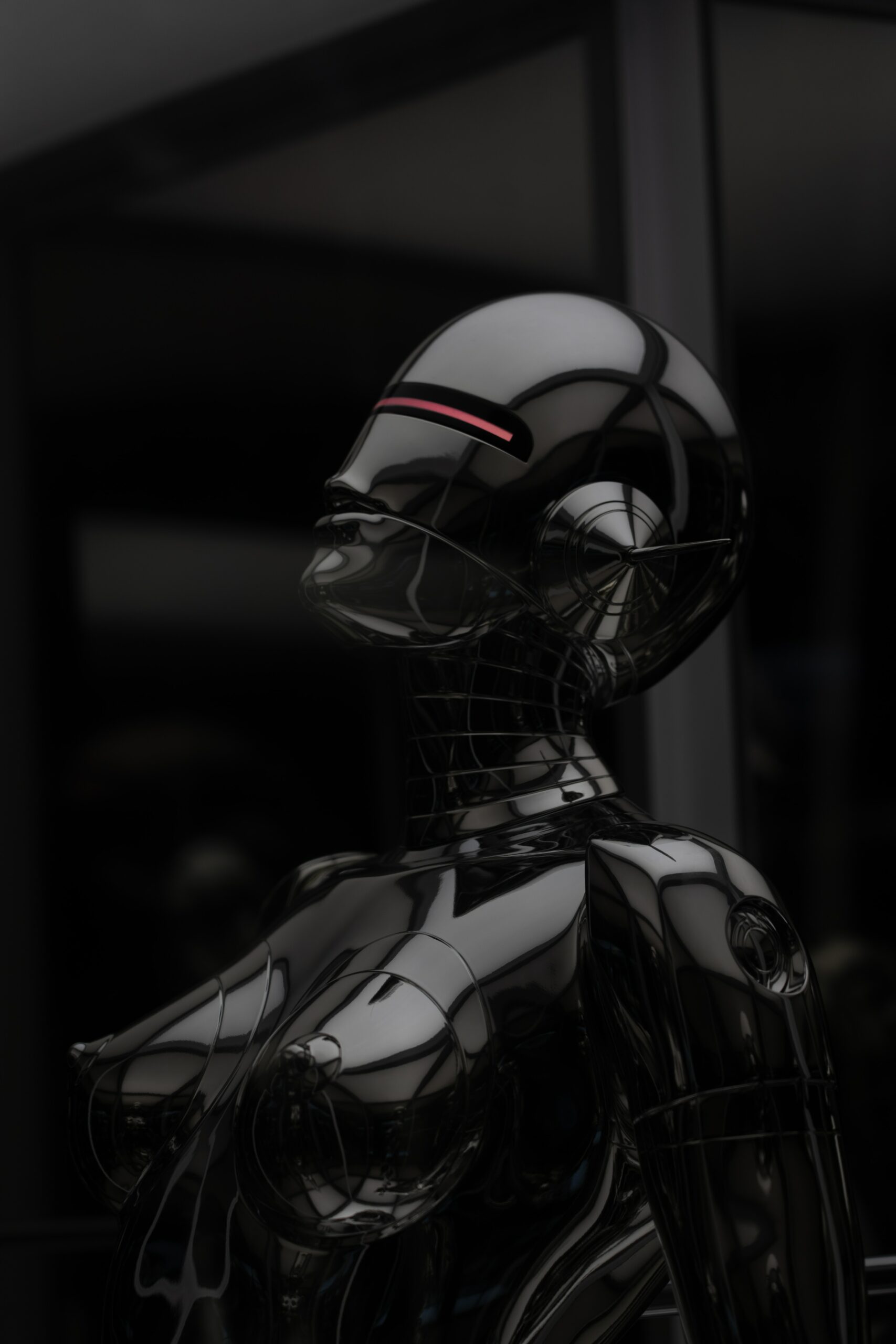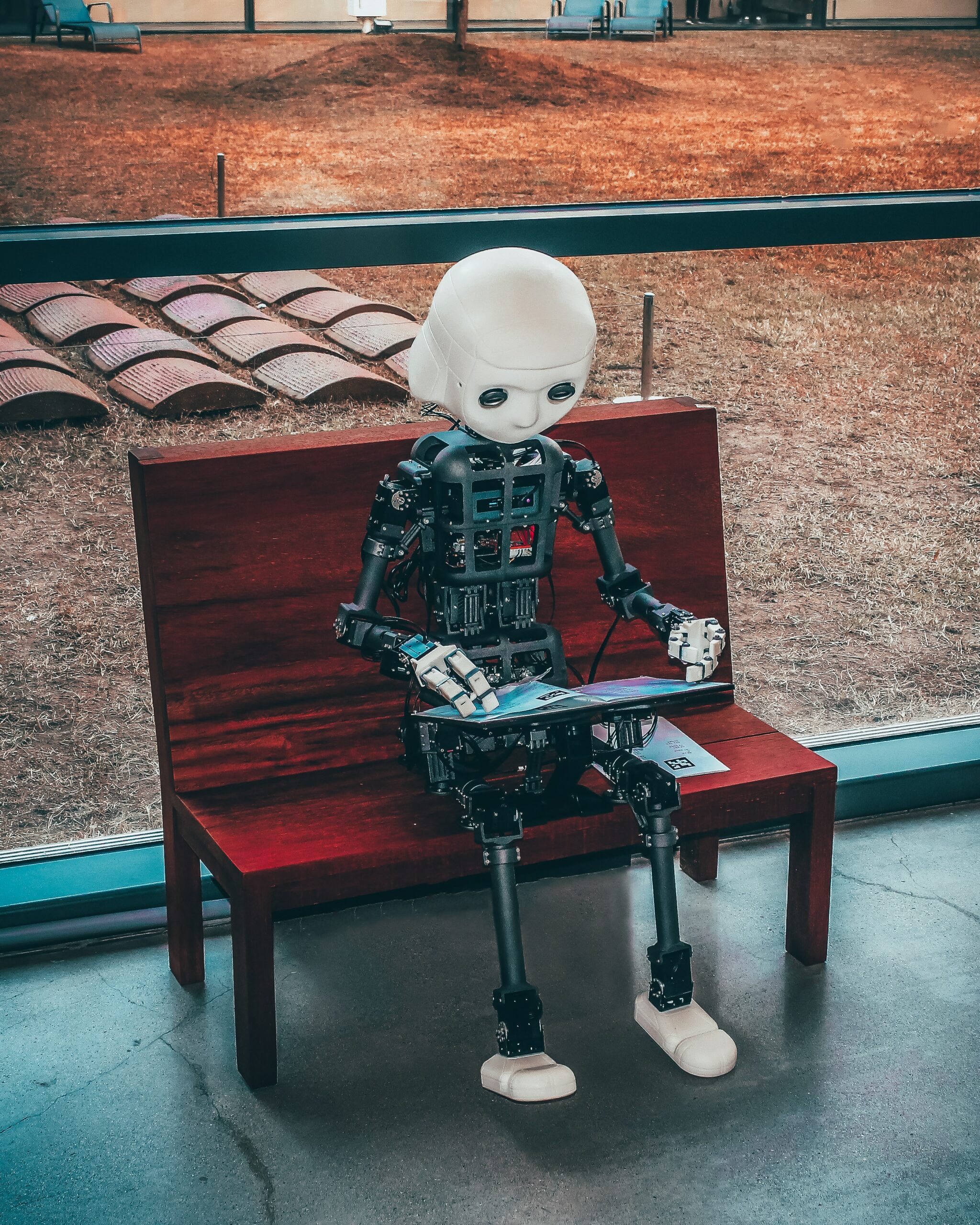In the era of artificial intelligence (AI), the tech industry has found a new way to assess the potential dangers of this rapidly advancing technology. Dubbed as “p(doom),” this metric serves as a way to measure the probability that AI will lead to a catastrophic scenario for humanity. P(doom) has become a popular topic of conversation among tech enthusiasts, with individuals assigning themselves a score on a scale of 0 to 100 to indicate their level of concern. As AI continues to evolve, so do fears about its implications, making p(doom) an increasingly significant metric in the discussions surrounding AI doomerism.
What is p(doom)?
The concept of p(doom) has gained attention in the tech industry and is being used to express the likelihood of artificial intelligence (AI) causing a doomsday scenario. The term originated as a half-serious inside joke on tech message boards, but it has now become a mainstream buzzword. p(doom) stands for “probability of doom” and represents the probability that AI will lead to a catastrophic outcome. It has become a common topic of discussion among AI experts and is a way for individuals to express their beliefs regarding the potential dangers of AI.
The origins of p(doom)
p(doom) emerged as a way for tech enthusiasts to humorously discuss the impact of AI on humanity. It started as a joke, but as concerns over AI’s potential consequences grew, p(doom) gained traction as a concept worth exploring seriously. The term has now become ingrained in AI culture and is used both as a conversation starter and a means to gauge the level of concern individuals have about the future implications of AI. While p(doom) may have started as a lighthearted inside joke, it has evolved into a significant metric in AI discussions.

Defining p(doom)
p(doom) can be defined as the probability that AI will lead to a doomsday scenario. It represents the likelihood of an extreme outcome resulting from the advancement and proliferation of AI. The scale of p(doom) ranges from zero to 100, with higher scores indicating a higher level of belief that AI poses a significant threat to humanity. p(doom) provides individuals with a concrete way to express their concerns and beliefs about the potential risks associated with AI.
Calculating Your P(doom) Score
Understanding how to calculate your p(doom) score is essential in assessing your own beliefs and position regarding AI. The scale of p(doom) ranges from zero, indicating no belief in AI leading to a catastrophic outcome, to 100, representing an absolute conviction that AI will cause a doomsday scenario. To calculate your p(doom) score, you must evaluate your perception of the risks associated with AI and assign a value that aligns with your level of concern.

Understanding the scale
The scale of p(doom) provides a range of values to assess an individual’s beliefs about the potential dangers of AI. A score of zero suggests a complete disbelief in the idea that AI could lead to a catastrophic outcome, while a score of 100 indicates an unwavering conviction that AI will result in a doomsday scenario. The scale allows individuals to categorize their level of concern accurately, providing a framework for discussions and debates on the subject.
Factors to consider
Several factors should be considered when calculating your p(doom) score. These factors include the capabilities and advancements of AI technology, the potential for AI to surpass human intelligence, the level of control humans can maintain over AI systems, and the potential for unintended consequences in AI development. It is crucial to weigh these factors and evaluate the scientific evidence and expert opinions to inform your assessment of the risks associated with AI.

Examples of p(doom) scores
Various individuals and experts in the AI industry have shared their p(doom) scores to contribute to the ongoing discussion surrounding the potential risks of AI. Scores can range widely, reflecting differing opinions and perspectives. For example, some individuals may have scores in the range of 10 to 25, indicating a lower level of concern, while others may have scores of 80 or higher, expressing a high level of conviction that AI poses a significant threat. These scores demonstrate the diversity of perspectives within the AI community regarding the potential consequences of AI.
The Significance of P(doom)
The growing fear of AI
The development and advancement of artificial intelligence have raised concerns among many about its potential implications. As AI technology becomes more sophisticated, fears of AI outpacing human intelligence and leading to disastrous outcomes have grown. The significance of p(doom) lies in its ability to quantify and express these fears, providing a common language and metric for discussing the potential risks associated with AI.
Why p(doom) matters
p(doom) matters because it enables individuals and experts to assess and communicate their beliefs about the potential dangers of AI. Understanding where one stands on the p(doom) scale helps create a shared understanding and paves the way for informed discussions and debates on the societal impact of AI. The significance of p(doom) lies in its ability to inform policy decisions, shape AI development, and encourage ethical considerations regarding the future of AI.
Common misconceptions
One common misconception about p(doom) is that it represents a definitive statement of the future. While p(doom) allows individuals to express their beliefs about the potential risks of AI, it does not provide a precise prediction of what will happen. It is essential to recognize that p(doom) is a subjective assessment based on individual beliefs and perceptions. Another misconception is that p(doom) solely focuses on the complete extinction of humanity. p(doom) encompasses a broader range of potential doomsday scenarios, including societal disruptions and unintended consequences.
Expert Perspectives on P(doom)
Insights from AI industry leaders
Many AI industry leaders have shared their insights and perspectives on p(doom). These individuals are at the forefront of AI development and have valuable insights to contribute to the discussion. Their perspectives range from cautious optimism to deep concerns about the potential dangers of AI. Their input helps shape the discourse on p(doom) and shed light on the different viewpoints within the AI community.
Survey of AI engineers
A recent survey of AI engineers provides valuable insights into their p(doom) scores. The survey found that the average p(doom) score among AI engineers was 40. This indicates a moderate level of concern regarding the potential risks associated with AI. The survey highlights the diversity of opinions within the AI community and demonstrates the need for ongoing discussions and debates to address these concerns effectively.
Prominent figures’ p(doom) scores
Prominent figures in the tech industry and academia have shared their p(doom) scores, offering further insights into the range of beliefs about AI’s potential dangers. Scores can vary significantly, demonstrating the nuanced perspectives within the AI community. These scores serve as valuable reference points for understanding the breadth of opinions and perspectives on the risks and implications of AI.
Challenges in Assessing P(doom)
The uncertainty of AI’s impact
Assessing p(doom) poses challenges due to the inherent uncertainty surrounding AI’s future impact. Predicting the consequences of advanced AI systems is a complex task that relies on numerous assumptions and speculative scenarios. The uncertainties surrounding AI’s development trajectory, technological breakthroughs, and societal responses make it challenging to assign a precise p(doom) score.
Complicating factors to consider
Several factors further complicate the assessment of p(doom). These factors include the interplay between AI and other technologies, the potential for AI to exacerbate existing societal challenges, and the influence of human actions and decision-making in shaping AI’s impact. Additionally, the evolving nature of AI development and the unforeseen consequences it may bring add complexity to the assessment process.
Alternative scenarios
While p(doom) focuses on the doomsday scenario, it is essential to consider alternative potential outcomes and their likelihoods. AI’s impact is not limited to a binary choice between total annihilation or no consequence at all. Exploring the spectrum of potential outcomes, including positive advancements, societal disruptions, and unintended consequences, is crucial in gaining a comprehensive understanding of AI’s impact.
Critiques and Controversies
Is p(doom) a valid metric?
Some critics argue that p(doom) is an oversimplification of a complex issue. They contend that reducing the assessment of AI’s risks to a single numerical score fails to capture the nuances and uncertainties involved. Additionally, critics point out that p(doom) may contribute to fearmongering and hinder productive discussions about AI’s future.
Debates on the potential outcomes of AI
The discussions surrounding p(doom) have sparked debates about the potential outcomes of AI. These debates often revolve around the differing beliefs about the capabilities and limitations of AI, its potential for surpassing human intelligence, and the likelihood of catastrophic scenarios. These debates highlight the need for open dialogue and ongoing research to address the concerns and uncertainties surrounding AI.
Ethical considerations
p(doom) raises important ethical considerations regarding the development and deployment of AI. Assessing the potential risks of AI requires considering the ethical implications and ensuring that AI systems are developed and used responsibly. Ethical considerations include transparency, accountability, fairness, and respect for human values. Incorporating ethical principles into AI development and decision-making processes is crucial in mitigating potential risks.
The Implications of Different P(doom) Scores
Interpreting low scores
Low p(doom) scores suggest a lower level of concern regarding the potential risks of AI. Individuals with low scores may believe that AI’s impact will be positive or benign, contributing to advancements in various fields without posing a significant threat. However, it is important to continue monitoring AI’s development and assess its implications to ensure that potential risks are not overlooked.
Implications of high scores
High p(doom) scores indicate a high level of concern regarding the potential dangers of AI. Individuals with high scores may believe that AI poses a substantial risk to humanity and could lead to catastrophic outcomes. These individuals might advocate for cautious approaches to AI development, emphasizing the need for adequate safety measures and ethical considerations.
Societal and policy implications
The range of p(doom) scores reflects the diversity of viewpoints within society and the AI community regarding the potential risks of AI. These scores have implications for societal discourse and policy decisions surrounding AI development. Understanding and considering different perspectives is crucial in crafting informed policies and regulations that adequately address the risks and opportunities associated with AI.
Exploring Other Metrics and Models
Alternative approaches to measuring AI’s impact
While p(doom) is a widely discussed metric, other approaches exist for measuring AI’s impact. These alternative metrics may focus on specific aspects of AI’s consequences, such as economic disruption, job displacement, or social inequalities. By considering multiple metrics, a more comprehensive understanding of AI’s impact can be achieved.
Comparison of different metrics
Comparing different metrics helps in evaluating the strengths and limitations of each approach. The choice of metric depends on the specific goals, research questions, and context of the assessment. Comparative analysis of various metrics provides a more nuanced understanding of the multifaceted implications of AI.
Predictive models
Predictive models can provide insights into the potential outcomes of AI based on different assumptions and scenarios. These models utilize data, trends, and expert insights to project the future impact of AI. While predictive models have their limitations and uncertainties, they can serve as valuable tools in assessing and forecasting AI’s consequences.
Applications of P(doom) in AI Development
Influencing AI research and development
p(doom) can play a role in influencing the direction of AI research and development. High p(doom) scores may encourage researchers and developers to prioritize safety measures, ethical considerations, and responsible AI practices. By incorporating p(doom) into the decision-making process, AI development can be guided in a way that mitigates potential risks and maximizes societal benefits.
Managing risks and precautions
Assessing p(doom) helps identify potential risks associated with AI and allows for the implementation of necessary precautions. It enables researchers, policymakers, and industry leaders to proactively address safety concerns, develop robust standards and regulations, and set ethical guidelines for AI development. Integrating p(doom) into risk management strategies is crucial in ensuring responsible and safe AI deployment.
Regulatory considerations
p(doom) can inform regulatory discussions surrounding AI technologies. Policymakers can use p(doom) scores to assess the level of concern within the AI community and inform policy decisions related to AI development, deployment, and governance. By incorporating p(doom) into regulatory frameworks, policymakers can address potential risks while fostering innovation and societal benefits.
The Future of P(doom)
Evolution of the metric
As AI continues to evolve, p(doom) is likely to evolve as well. The metric may incorporate new factors, considerations, and insights as our understanding of AI’s capabilities and potential risks deepens. Ongoing research and dialogue will contribute to the refinement and evolution of p(doom) to accurately reflect the changing landscape of AI.
Integration into public discourse
p(doom) is expected to become increasingly integrated into public discourse as awareness of AI’s potential impacts grows. The metric provides a language and framework for discussing the risks and implications of AI in a concise and accessible manner. As public discourse on AI expands, p(doom) will likely play a significant role in shaping public perceptions, policy debates, and ethical considerations.
Continued debates and discussions
The discussion surrounding p(doom) is far from settled. Continuing debates and discussions on the risks and implications of AI will help refine our understanding and assessment of p(doom). These ongoing conversations will contribute to the development of more comprehensive frameworks for evaluating AI’s impact and guide responsible AI development in the future.










